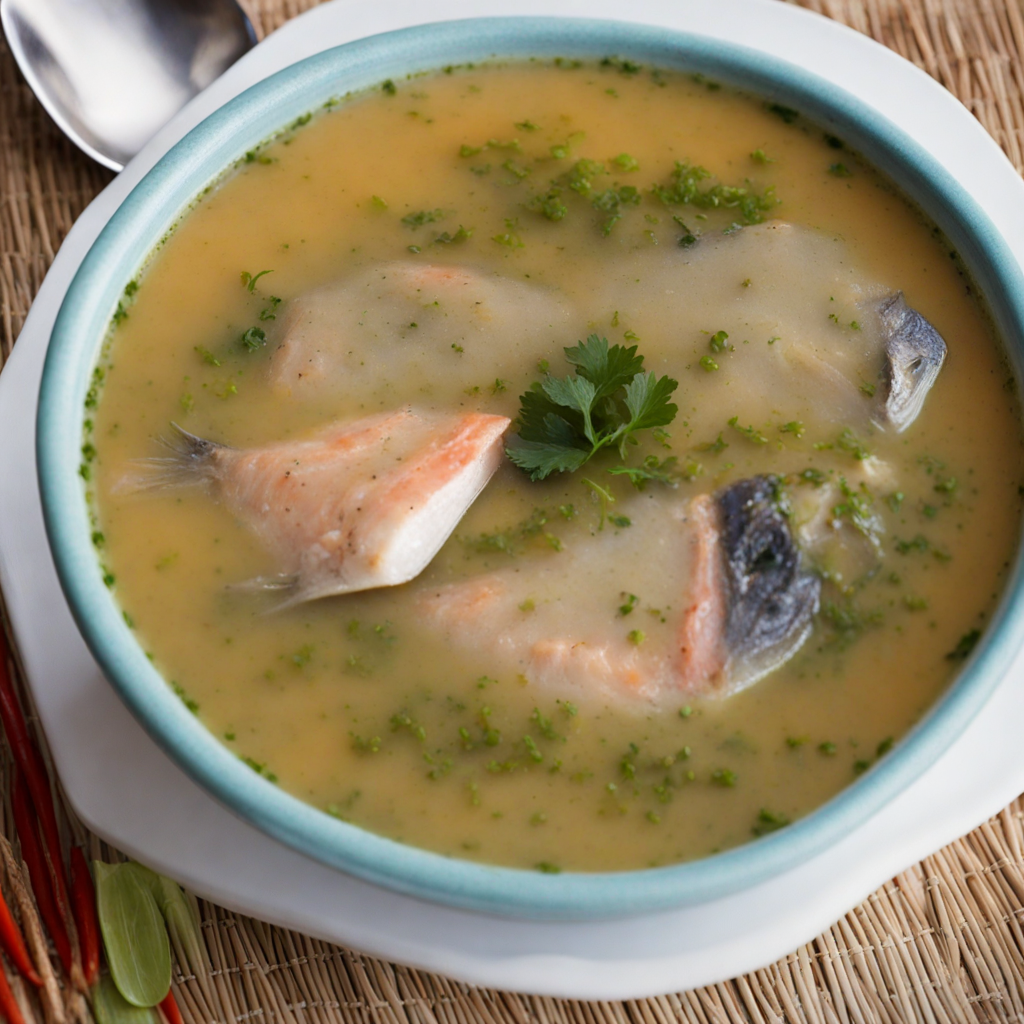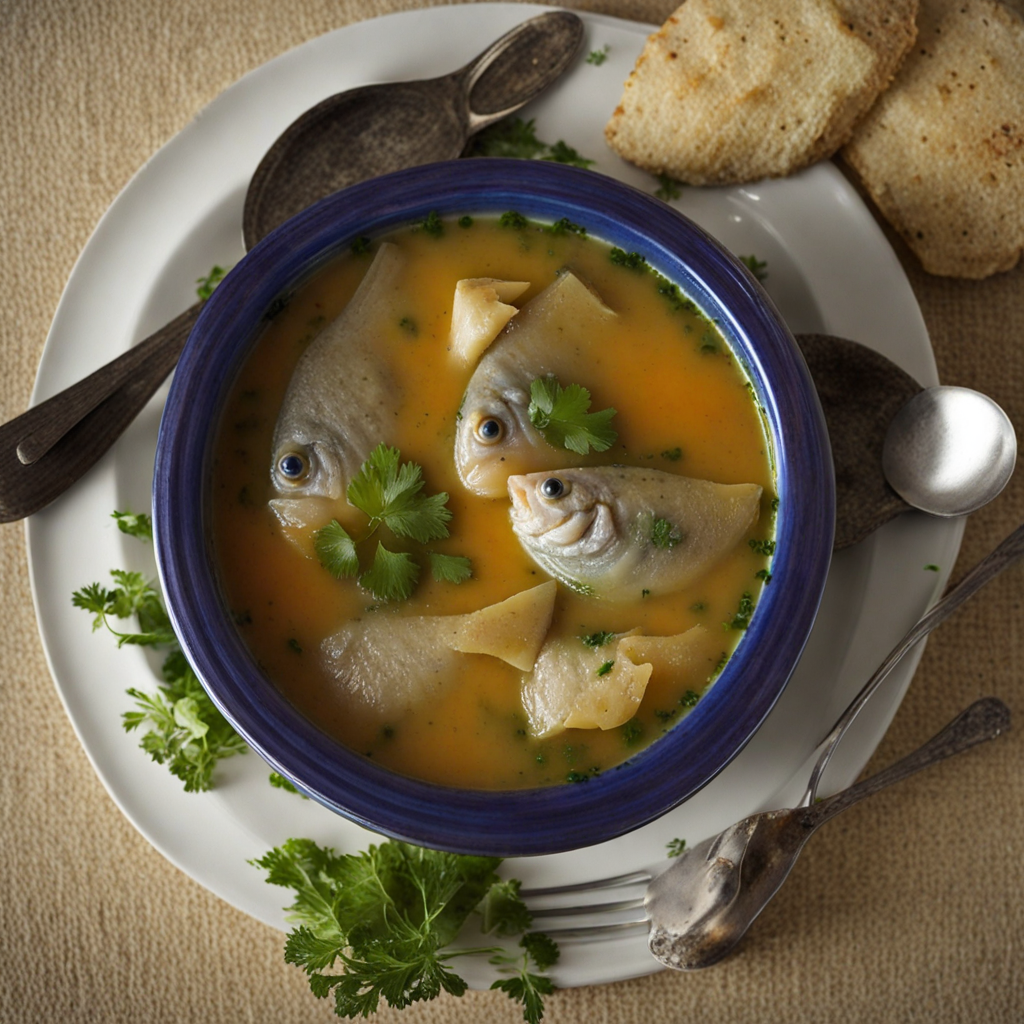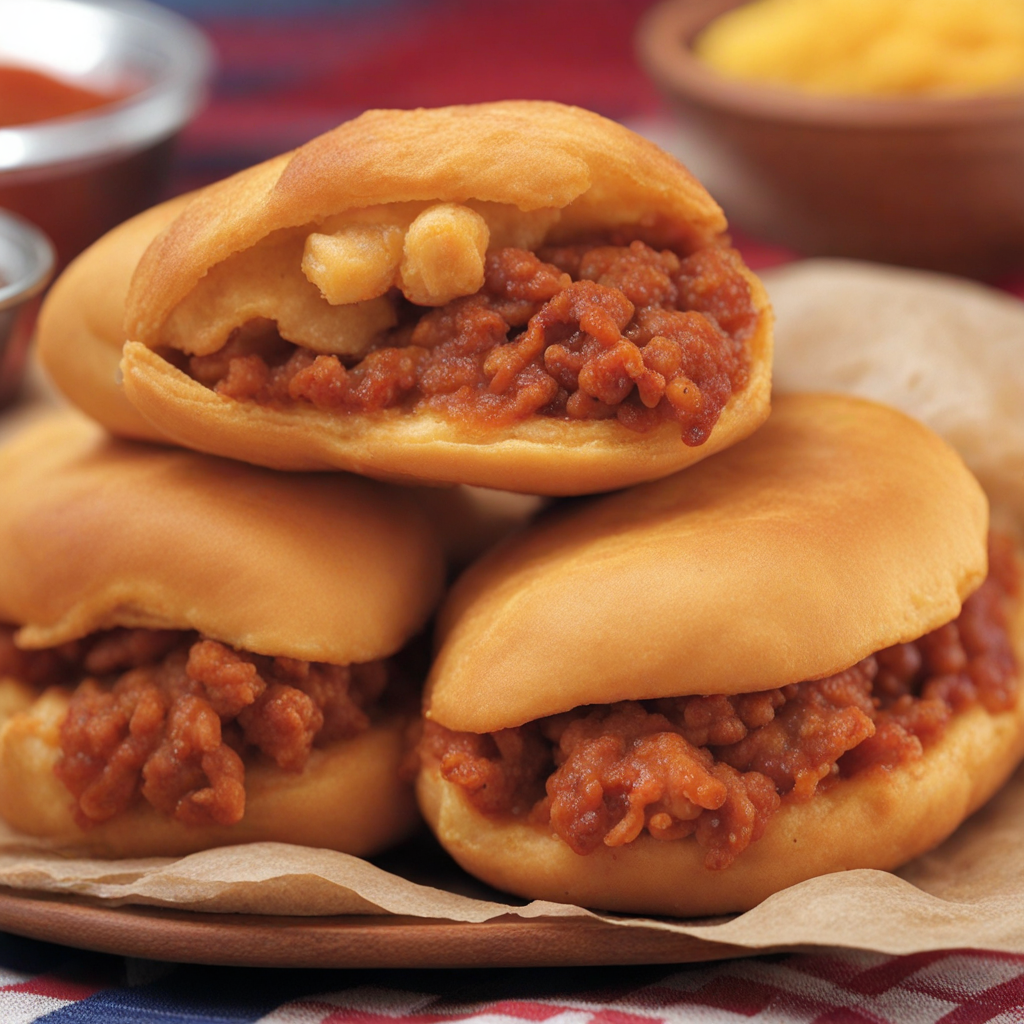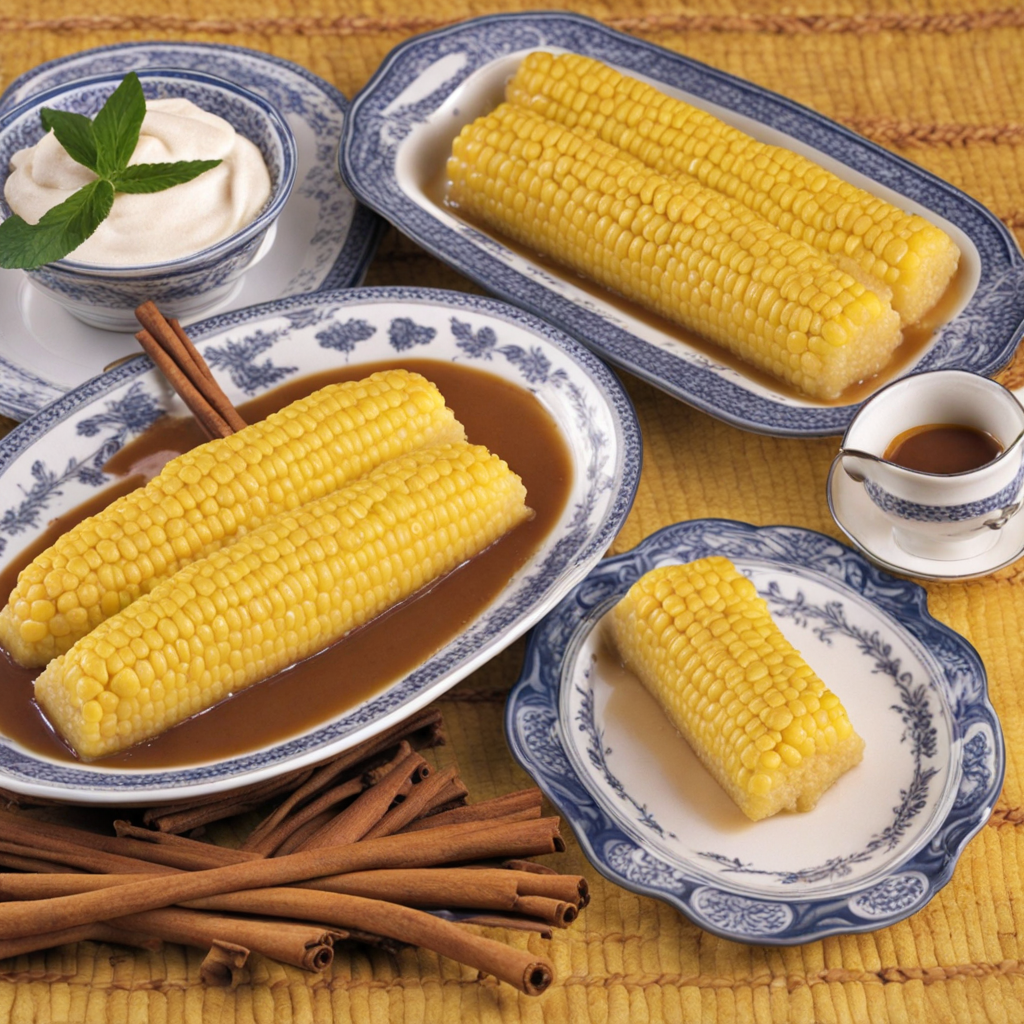Piraña Soup
Piraña Soup is a traditional dish from Paraguay that showcases the unique flavors of the region’s freshwater fish. This hearty soup is typically made with piranha, a fish known for its sharp teeth and strong flavor, which adds a distinctive twist to the broth. The fish is often cooked whole, allowing its rich, savory taste to infuse the soup. The broth is complemented with an array of local ingredients, such as tomatoes, onions, and spices, which help to enhance the natural flavors of the piranha while creating a warm, comforting dish that captures the essence of Paraguayan cuisine. The preparation of Piraña Soup involves simmering the fish with a combination of vegetables, herbs, and spices. The use of fresh cilantro and garlic elevates the dish, imparting aromatic qualities that make the soup irresistible. Depending on the recipe, some variations might include potatoes or corn, adding heartiness to the dish and making it a filling meal. As the soup cooks, the fish becomes tender, and the flavors meld together, resulting in a deliciously complex broth that is both comforting and invigorating. Piraña Soup is often enjoyed as a communal dish, served in large bowls with crusty bread or accompanied by traditional Paraguayan sides like mandioca (cassava). The experience of savoring this soup goes beyond just the taste; it offers a glimpse into the culinary traditions of Paraguay and the culture that celebrates communal dining. With its bold flavors and unique ingredients, Piraña Soup is a must-try for adventurous eaters looking to explore the vibrant gastronomy of Paraguay.
How It Became This Dish
The History of Sopa de Piraña: A Culinary Treasure of Paraguay Introduction Sopa de Piraña, or Piranha Soup, is a traditional dish from Paraguay that embodies the rich biodiversity and cultural heritage of the region. This unique soup showcases not only the culinary practices of the indigenous peoples but also the historical influences that have shaped Paraguayan cuisine over centuries. The dish is a testament to the relationship between the people and the natural resources of the Paraná River, where piranhas are commonly found. Let us embark on a journey to explore the origins, cultural significance, and evolution of Sopa de Piraña. Origins: A Connection to Nature The origins of Sopa de Piraña can be traced back to the indigenous Guarani peoples, who have inhabited the region long before the arrival of European colonizers. The Guarani had a profound understanding of their environment and relied on local aquatic resources for sustenance. The Paraná River, one of the longest rivers in South America, teems with diverse fish species, including the notorious piranha. This carnivorous fish, known for its sharp teeth and aggressive feeding habits, has become a symbol of the river's ecosystem. Historically, piranhas were not only a source of food but also played a role in indigenous folklore and spirituality. They were seen as creatures of both fear and reverence, representing the balance of nature. The preparation of Sopa de Piraña reflects the Guarani’s resourcefulness, as they utilized the entire fish in their cooking, minimizing waste and honoring the spirit of the animal. Cultural Significance: A Community Dish As Paraguay evolved through colonial times and into the modern era, Sopa de Piraña became a staple not only among indigenous communities but also among settlers and mestizos. The soup is often prepared during communal gatherings and celebrations, emphasizing its role in bringing people together. Sharing a bowl of Sopa de Piraña symbolizes unity and the importance of community in Paraguayan culture. The dish is traditionally made with fresh piranha, vegetables such as potatoes and corn, and various seasonings including garlic, onion, and herbs. The piranha’s rich, meaty flavor infuses the broth, making it a hearty and nutritious meal. Often, it is served with a side of yuca or corn tortillas, which complements the soup’s bold flavors. In addition to its communal aspects, Sopa de Piraña holds cultural significance in terms of identity. It is a dish that proudly represents Paraguay’s connection to its natural resources and indigenous roots. In a country where culinary traditions are often influenced by a blend of indigenous, Spanish, and other immigrant cultures, Sopa de Piraña stands out as a uniquely Paraguayan creation. The Evolution of Sopa de Piraña: From Tradition to Modernity Over the years, Sopa de Piraña has evolved while remaining deeply rooted in tradition. In the late 20th century, with increased tourism and globalization, chefs began to experiment with the dish, introducing new ingredients and presentation styles. While the traditional recipe still holds its place in many households, modern interpretations have appeared in restaurants across Paraguay, often featuring gourmet twists on the classic soup. Chefs have started incorporating other local ingredients, such as native herbs and spices, to enhance the flavor profile. Some variations may include the addition of coconut milk for creaminess, or the use of other fish that are more readily available. These adaptations reflect the ongoing dialogue between tradition and innovation within Paraguayan cuisine. Furthermore, Sopa de Piraña has garnered international attention, particularly during food festivals and culinary events that celebrate Latin American cuisine. This exposure has allowed the dish to transcend regional boundaries, inviting food enthusiasts to explore the flavors of Paraguay. As a result, Sopa de Piraña has become a culinary ambassador for Paraguay, showcasing the country’s rich food culture to the world. Challenges and Sustainability Despite its cultural significance, the future of Sopa de Piraña faces challenges. Overfishing and environmental changes have impacted piranha populations, raising concerns about sustainability. The increasing demand for this iconic dish necessitates a balanced approach to fishing practices and resource management. Local communities, chefs, and environmentalists are working to promote sustainable fishing methods to ensure that piranhas remain plentiful for future generations. Additionally, the cultural heritage associated with Sopa de Piraña is at risk as younger generations become more urbanized and distanced from traditional food practices. Efforts to document and preserve these culinary traditions are vital to maintaining the identity of Sopa de Piraña. Cooking classes, community workshops, and cultural festivals serve as platforms for educating people about the significance of this dish and the importance of preserving its traditional preparation methods. Conclusion: A Dish of Resilience and Identity Sopa de Piraña is more than just a soup; it is a symbol of Paraguay’s rich history, cultural identity, and connection to nature. From its indigenous roots to its contemporary interpretations, the dish reflects the resilience of the people and their ability to adapt while honoring tradition. As Sopa de Piraña continues to evolve, it serves as a reminder of the importance of sustainability and cultural preservation in a rapidly changing world. In a global culinary landscape, Sopa de Piraña stands proud, inviting both locals and visitors to experience the flavors of Paraguay. Whether enjoyed in a bustling restaurant or shared among friends and family in a humble home, this dish encapsulates the spirit of community, nature, and heritage—a true culinary treasure of Paraguay.
You may like
Discover local flavors from Paraguay







